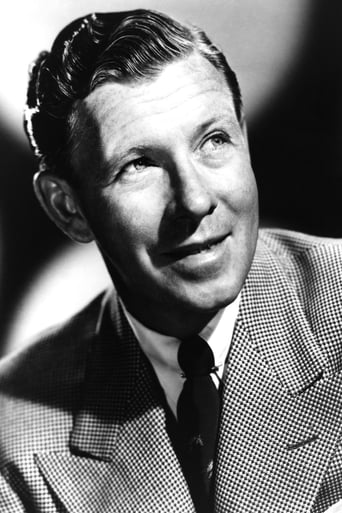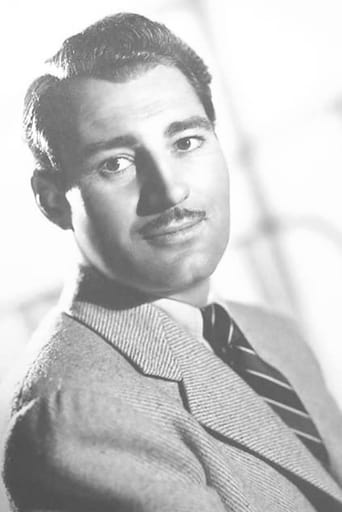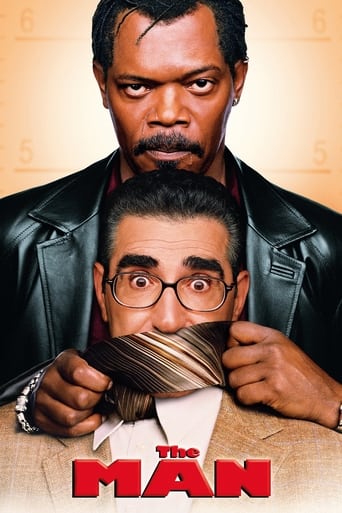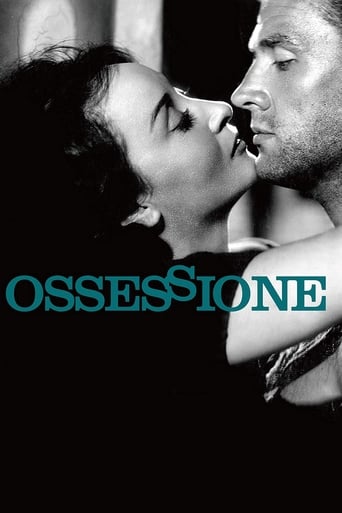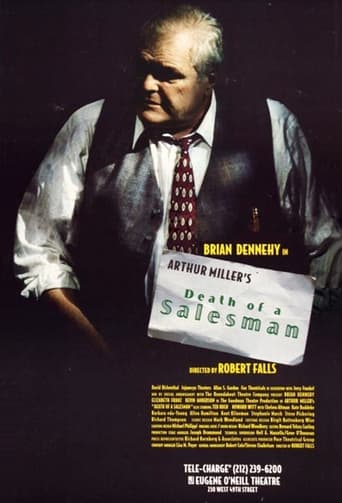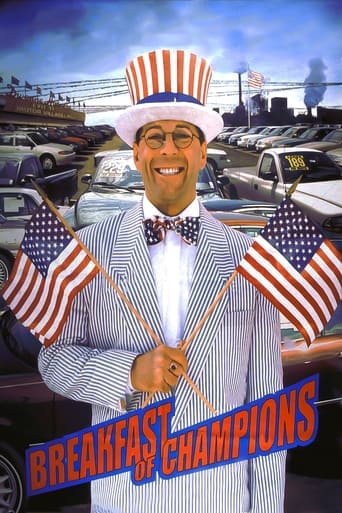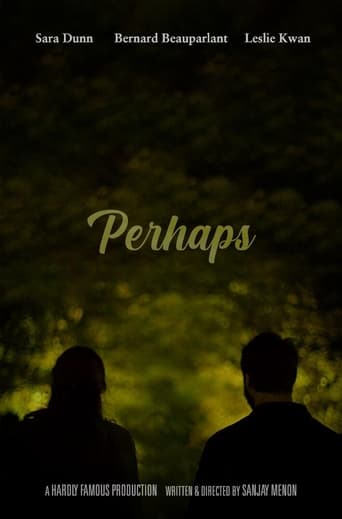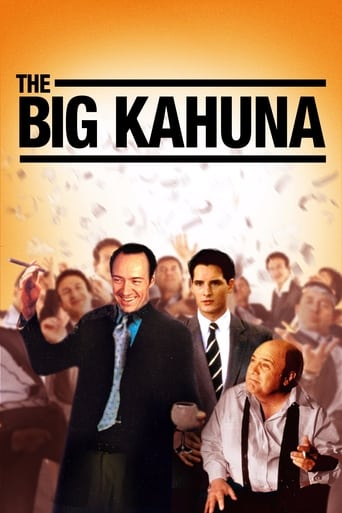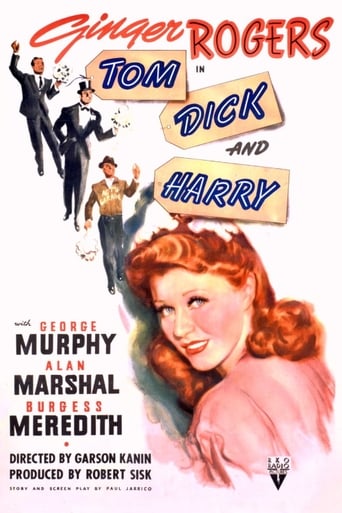

Tom, Dick and Harry (1941)
Janie is a telephone operator who is caught up in the lines of love of three men: car salesman Tom, Chicago millionaire Dick and auto mechanic Harry. But Janie just can't seem to make up her mind between them. While fantasizing about her futures with each of the men, Janie spends her time desperately trying to juggle between them until she can make a decision.
Watch Trailer
Cast
Similar titles
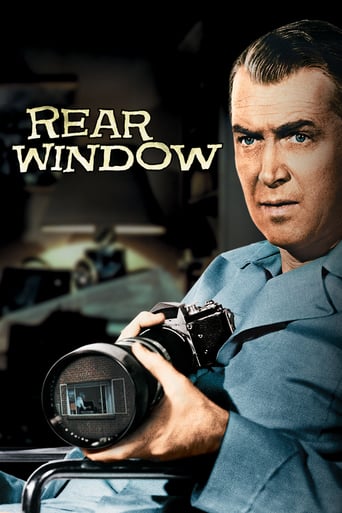

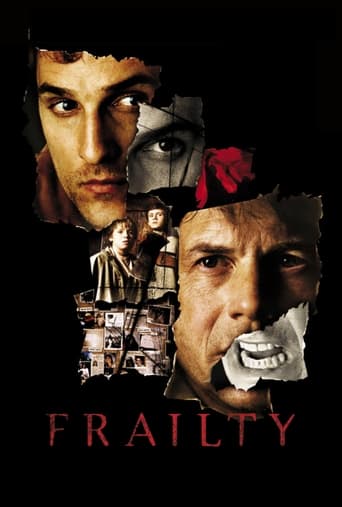
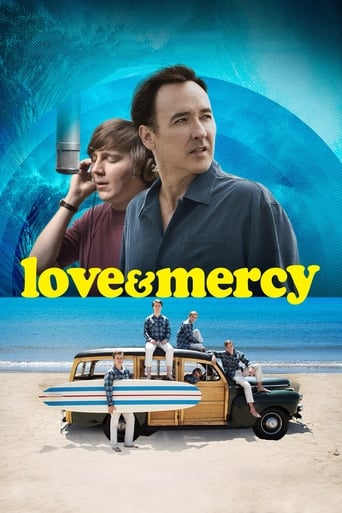
Reviews
The Worst Film Ever
Excellent but underrated film
Don't listen to the negative reviews
It is encouraging that the film ends so strongly.Otherwise, it wouldn't have been a particularly memorable film
Silly comedy, especially its dream sequences, that will make you wonder how Ginger Rogers earned a Best Actress Oscar (in her film that directly preceded this one, Kitty Foyle (1940)). Bo Derek must have watched this film to learn how to "act" (e.g. demurely chewing a pinkie finger in her mouth to show that her character's "thinking"). Thank goodness Rogers redeemed herself the following year in Billy Wilder's directorial debut The Major and the Minor (1942).Garson Kanin directed this fluff about an air-headed telephone operator (whose vocabulary consists of "swell & golly") that gets engaged to the three titled men simultaneously:high achieving, almost workaholic, and unromantic car salesman Tom (George Murphy)the millionaire son of a prominent father Dick (Alan Marshal)and the only one in her class - auto mechanic Harry (Burgess Meredith), to whom she's "sexually" attracted (bells ring when they kiss).During the dream sequences, Janie (Rogers) imagines what it would be like to be married to each of the men. One wonders how Paul Jarrico received his only Best Writing - Original Screenplay Oscar nomination; his story's conclusion is both predictable and unsatisfying despite its "twist".Thirty year old Phil Silvers (already bald and looking much like he did more than 20 years later on television) appears twice as an annoying ice cream vendor at "Inspiration Point"; Joe Cunningham, as Janie's Pop, is the only other actor appearing that had much of a career.One of Leonard Maltin's few misses (he gives it 3 ½ stars!), it's so dated that it will likely offend most women. Remade as a Mitchell Leisen directed Musical, The Girl Most Likely (1957), with Jane Powell and Cliff Robertson, among others.
"Tom Dick and Harry" is one of the few films I've watched on DVD that I turned off about two-thirds of the way through. I went about doing something else and only returned to the film the next night to finish it. It truly was that boring. I've read the reviews of others. They seem split on liking and disliking this film. Some who enjoyed it saw it as screwball, but it doesn't come close – at least to the definition of screwball. The biggest thing it's missing is the laughter.Some people may have found some warm humor in it because of Ginger Rogers's character, Janie. But where are the funny, witty lines? The script seems devoid of any clever dialog. The plot is simple and had possibilities. But, instead of clever dialog with some snappy and funny lines and situations, it has a plot that simply plods along. The character of Janie seems to be in a trance through most of the film – with considerable alcohol added toward the end.The movie came out in June 1941. Europe was at war but the U.S. hadn't entered it yet. The economy had begun substantial recovery the year before, somewhat due to the war overseas. And, America was just coming out of a long depression and recovering from the Dust Bowl in the Plains States and Southwest. So, some audiences may have liked dreamy, fluffy stuff like this. Perhaps girls and young women enjoyed it most. If so, I doubt that that rapture lasted very long.The only reason I give it four stars is for the cast and the credible performances of all. Rogers was OK in her near constant dreamy state, with few lines of any significance or humor. But this film has to rank toward the bottom of her movie repertoire. Burgess Meredith was good in his role as Harry. George Murphy was very good as Tom, and Alan Marshal was good as Dick. I don't mind movies that are mostly fluff – if they have some entertainment value in music, song, dance or comedy. Unfortunately, "Tom Dick and Harry" has none of these. It's an easy movie to forget.
The expression "Tom, Dick and Harry" is a commonly-used colloquialism in English, meaning "everybody" or "anybody", but this film is about three men who just happen to have those names. The main character is Janie, a young woman who works in a telephone exchange and who has the sort of obliging personality which means she just can't say "no" to anybody, especially a good-looking young man. So it happens that she ends up engaged to three men from three different social backgrounds at the same time, middle-class car salesman Tom, working-class garage mechanic Harry and upper-class Dick, the son of the local millionaire. All three are young and good-looking, but all have their drawbacks; Tom is a bit too staid and conservative, Harry a bit too eccentric and Dick a bit too smooth and slick. There's not really a lot more to the plot than that, apart from waiting to see which of the three men Janie will eventually end up marrying. In real life, of course, no woman would ever behave like this unless she were either a heartless flirt or not quite right in the head, but this is a screwball comedy, a film genre which acknowledges the existence of real life but does not consider itself bound by the rules and conventions that prevail there. It is, however, a tribute to Ginger Rogers' comedic talents that she manages to make her character seem not only plausible but also reasonably sympathetic. Even in 1941 this film was probably not seen as anything more than a light-hearted bit of trivia, although it does manage a serious bit of political comment when a cinema audience are shown booing a newsreel showing Hitler. (The film was made before Pearl Harbor, but Hollywood had declared war on the Third Reich long before Washington followed suit). It is made in the "filmed theatre" style popular for low-budget films of the period- more dialogue than action, most scenes taking place indoors and everything seemingly filmed on one camera with no cross- cutting or tricky camera work. Today it is largely forgotten, but Ginger manages to invest it with enough period charm to make it (just about) worth watching. 6/10
Ginger Rogers is delightful in one of her top films following the split from musical partner Fred Astaire. I still need to catch a few more of the star's vintage vehicles BACHELOR MOTHER (1939; also helmed by Kanin), her Oscar-winning turn in KITTY FOYLE (1940) and ROXIE HART (1942); thankfully, the latter two are available on DVD.The male leads here are somewhat undercast though Burgess Meredith is fine (the others are played by George Murphy and Alan Marshal), and there's a brief but nice role for Phil Silvers as an "exuberant" ice-cream vendor. It was relaxing to watch this type of unassuming entertainment right after having sat through such demanding fare as Ingmar Bergman's WILD STRAWBERRIES (1957): that said, I was pleasantly surprised to find that this featured its own surreal (if basically comical) dream sequences! The film's engaging premise a girl has to choose between three suitors of contrasting temperament and social standing isn't particularly original (three year later, Ginger Rogers herself would again be faced with the same task in the stylish musical comedy, LADY IN THE DARK) but Kanin's bright treatment and Paul Jarrico's Oscar-nominated script (deftly mixing mild screwball sophistication with the traditionally homespun qualities of small-town life) make it great fun, even if the version I saw was dubbed in Italian. Perhaps the funniest gag is the casual newspaper announcement of Adolf Hitler's assassination (despite this film having been released prior to America's involvement in World War II) but, equally inspired, is the amusingly fanciful way by which Rogers' character is able to solve her boyfriend dilemma. For the record, the film was later musicalized as THE GIRL MOST LIKELY (1957) but, even if it was done under the guidance of a talented director like Mitchell Leisen, the cast was pitifully lackluster!

